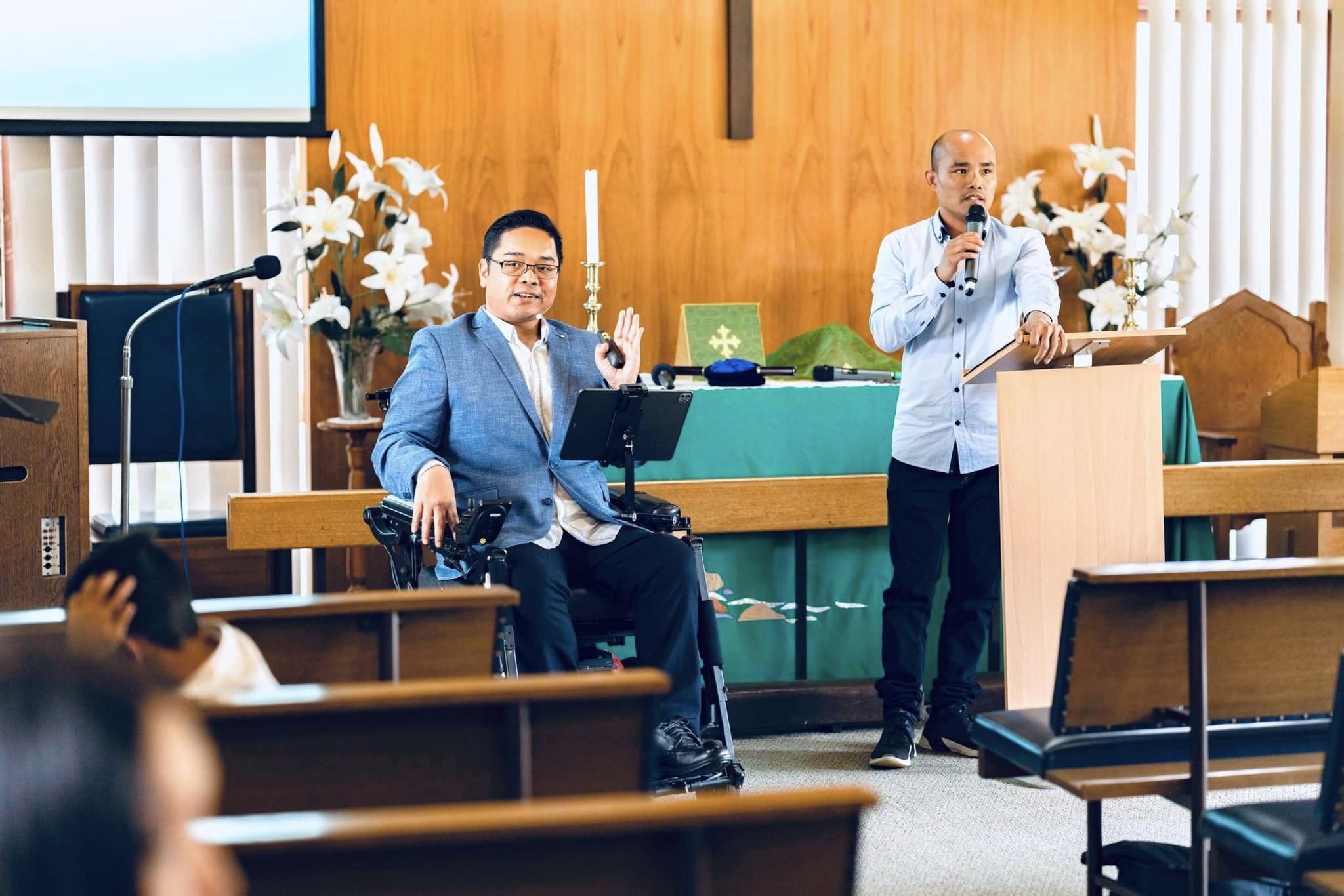A process of discernment began in the Anglican Diocese of Nelson at their annual Synod in September last year.
It was not necessarily a comfortable process, nor one which yielded solely comfortable results. Presented with statistics and graphs which illustrated the diocese-wide decline of its churches was deeply sobering for all present. It was recognised that there was and is rampant and rapid change in the western world, and that it was a critical moment for paying attention to the Spirit, the prevailing culture, and potentially making some big changes. But how that change might occur, and what it might require, was unknown.
In the Anglican Prayer Book in New Zealand there are two statements to be said after scripture is read. The reader will say: “Hear what the Spirit is saying to the church”, and the congregation will respond: “Thanks be to God”. One thing to whom those present at Synod could attest was a sense that God was calling the diocese to pause, listen, and discern; to “Hear what the Spirit is saying” at that precise point in time. As the season of discernment proceeded, it was decided that the entire Diocese of Nelson would engage City to City Australia to implement a revitalisation consultation program: Revitalise Nelson. All twenty-three parishes in the Diocese would individually undergo the Revitalise program. This was launched recently at Nelson’s Leadership Camp in July, the theme of which was ‘Hearts Transformed by Jesus’.
REVITALISE NELSON
It is no small thing to have an entire diocese undertake a process of change at a foundational level simultaneously in every parish. Given this herculean proposition, attendees arrived at the Leadership Camp with many questions. Once it had been articulated and understood that there was not going to be a single uniform and rigid program rolled out over the twenty-three parishes, but a highly individualised and consultative process, uniquely contextualised for each parish, with research and analysis of all facets of the life of each church, and a clear plan devised which would be implemented in concert with their City to City Lead Consultant, a sense of hopeful anticipation began to grow.
Andrew Katay, CEO. of City to City Australia, and Jamie Bester, Lead RA Consultant for Tasmania and for Revitalise Nelson, gave several examples of real churches, very similar to those in Nelson, where deep and lasting positive change had occurred through the revitalisation process.
Many attendees of the Leadership Camp, which comprised clergy, leadership, and lay people, had arrived expecting answers of a concrete nature to the many questions they had about what was going to happen in the revitalisation process.
What they received, however, was the discovery that within the essence of revitalisation at City to City:
“There is a philosophy, or even a theology at work with this idea that we haven’t encountered before: and it makes sense.”
– Simon Martin, Bishop’s Chaplain, Nelson
That philosophy or theology was found in Jamie’s message: listen to what Jesus is saying about abiding in him and being connected to him, and the life and the fruit that comes from him that is produced in us. Similarly, one of Andrew’s key points was that transformation in our churches is not a product or a result of our work, but is borne out through a work of God in our lives. And so, according to Simon:
“The shift in thinking went from ‘Yes, we want change, but how?’ to ‘Through us, in us first, and through us to others’. And this is the way we’re wired. So there’s a sense of anthropology which gave people a wake-up call to the humanity of change. It was refreshing in the way that it wasn’t a system, or mechanics, or a program, it was a realisation that this is the human condition, this is how God made us, this is how God works. It’s how He effects change.”
This invitation to rethink how change happens in our church communities from a gospel perspective with Jesus at the centre was not quite the concrete “how-to” that many had anticipated, but it was life-giving revelation that began to bear a deep hope and excitement.
GROWING EXCITEMENT IN THE DIOCESE
The result was that there began a lively buzz in the breaks between sessions and at meal times. People were lining up to enquire further of Andrew and Jamie about the ideas and principles they had been sharing. Numerous requests were made for copies of all the slides used in the presentations, recordings of the talks, and which books might be useful to read for further insight into gospel renewal and transformation. Many ‘a-ha moments’ were felt and shared across the camp. Attendees grew in eagerness to begin, and to know what was next. Excitement for the future was palpable and tangible.
Conversations with the many young adults present showed that they had collectively been struck by the concept that change begins in the heart and works outwards. This contrasted strongly for them with what they often understood from many sermons: that change is a result of gaining more knowledge, which can result in a moralistic invitation to “try harder, or have more faith, or love God more”. Heart transformation from gospel renewal was received as a tonic by many, coupled with statements marvelling: “Of course! Yes! But how is it that we’ve missed that?”
The camp ended with the majority of attendees feeling optimistic and genuinely hopeful about the future. The teaching sessions from Andrew and Jamie had been revelatory and life giving, and had deeply challenged people as they considered the import and implications of their theme “Hearts Transformed by Jesus”. Change for the Diocese of Nelson is certainly in the air, and the desire to see it transpire has been galvanised through this recent camp. Please pray for this diocese as the process of Revitalise Nelson begins!
Written by Jane Duff










